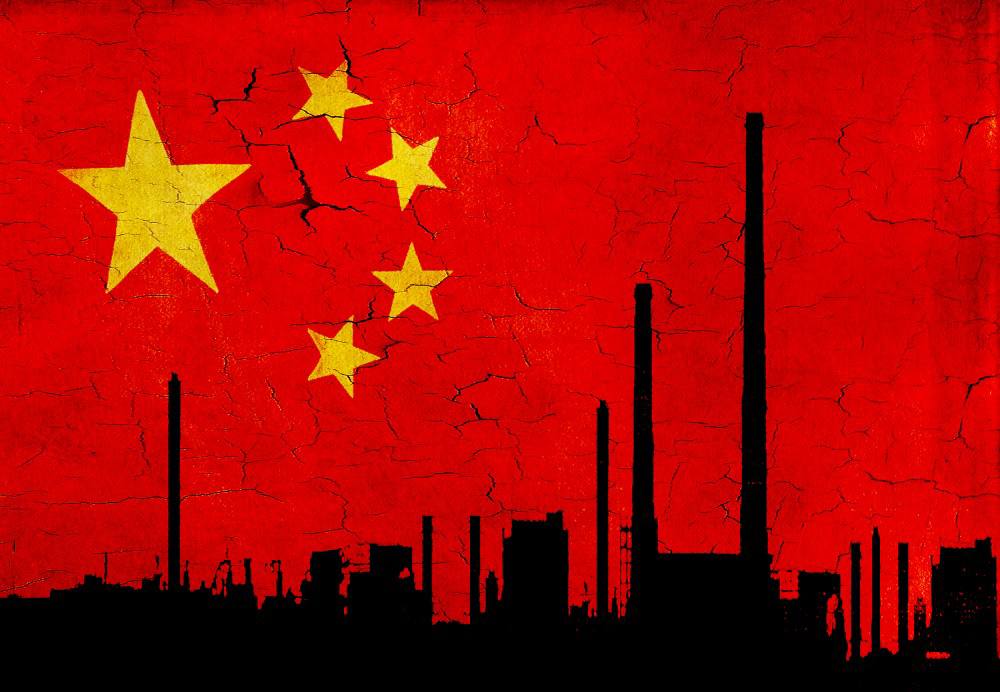Economic Shift in China
China’s Year of Production
With the end of real estate growth and a decrease in consumer spending, China has shifted its economic focus to industry. This new model for the economy, which is facing a crisis, raises the question of tension with the European Union.
The Central Economic Work Conference was held on December 11th and 12th. It is a traditional meeting where Chinese leaders determine guidelines for economic policy actions in the coming year. This year’s meeting is important in itself as Beijing sees itself at a significant turning point in its economic model. The discussion revolves around the quality of economic growth, revisiting growth drivers, reconsidering certain identity-based decisions over the past three years, and the relationship with Western economies. The keyword in these stages is trust, which is understandable in relation to the relationship between Chinese consumers and the national economy, as well as the perspective of foreign investors towards Beijing.
Goals of Progress and Stability
In the unknown vocabulary and ambiguous terms used in these occasions, the most important phrase that has emerged from the Central Economic Work Conference is the effort to pursue progress while seeking stability. It aims to strengthen stability through progress and establish new elements with strength before phasing out and eliminating the old ones.
To better understand its meaning, we need to recall key economic points of China and some decisions made from 2022 onwards. In summary, the economic system has relied on a combination of exports, particularly until the international financial crisis of 2008, which led to a decrease in international demand. Public investment in infrastructure and real estate became a stimulus in 2008 to compensate for the decline in exports and consumption. Since at least 2014, it has been positioned as a lever for sustainable growth over time in the center of economic activities.
Although consumption is a priority for the government verbally, China has experienced growth since 2020 thanks to positive export trends with secondary production. However, due to increasing consumer distrust towards China’s economic situation, especially after facing highly restrictive measures to control the pandemic until the end of 2020, and due to the non-transparent decision-making process of institutions, sudden and unannounced lockdowns have not led to an increase in consumption. As a result, the savings rate is growing.
Given these backgrounds, we now need to understand how Xi Jinping approached this issue. He simplified regulations to address political reasons and implemented unexecuted consumption-oriented regulations, especially in the technology sector, and also added the fight against speculative real estate activities. According to some estimates, these strict regulations and technological constraints have caused Chinese technology companies to incur losses of up to $110 billion. Signs of a willingness to backtrack on these measures were seen at the beginning of 2023.
Similarly, regulations on real estate led to a crisis in this sector, with its cost equivalent to 5% of the national gross domestic product. Therefore, the desire to create order in the affected sectors came with crisis in these sectors, ultimately having a negative impact on national growth.
Therefore, Xi Jinping’s statements mentioned above imply a willingness to adopt a less radical approach in addressing some of the deviations and problems, meaning ensuring that efforts for stability in growth, known as progress, are not burdensome. It should also be noted that these actions helped alleviate the general level of distrust mentioned above.
The new Chinese manufacturing industry
Now the question arises as to how Xi Jinping is trying to revive the preferred growth path focused on consumption, but achieving this seems unlikely due to lack of public trust. Meanwhile, investment in real estate or infrastructure is not profitable anymore due to unregulated and speculative construction practices, disregarding the fundamental issue of profit-driven real estate. Therefore, the Chinese government supports investment with a special focus on production for growth.
Significant data and statistics are related to the annual growth of bank loans, which are measured every three months. In comparison to the overall growth rate of 109% in September 2023, loans granted to the real estate sector decreased by 02%, following a consistent downward trend since 2020 when it had a 15% increase. Meanwhile, in the production sector, it increased by 382%.
This can be interpreted as the Chinese real estate sector being halted by the containment measures and regulations, and everything being focused on production. What will be the consequences? China’s export boom and the more than doubling of Europe’s trade deficit with China, which has now reached 400 billion euros.
So what is currently forming is the return of China’s excess industrial capacity problem, which was a consequence of the stimulus in 2008. However, at that time, the excess capacity was related to sectors that were publicly supported, such as steel, glass, aluminum, and cement for infrastructure and construction. Whereas today, it is mainly related to advanced products. These conditions are causing concerns in Europe because China’s industrial boom can undermine efforts to strengthen the European Union’s production in the energy and digital transmission sectors, and also reduce Europe’s market share globally.
Essentially, the entire agenda and industrial plans of Europe in recent years, which are currently facing problems due to weak positions in vital and important industrial sectors, are at risk of excess production and subsequently a price war from Chinese companies. Furthermore, unlike the past, China not only has a better cost position in sectors where investments are made, but also has technological superiority. For example, in solar panels, batteries, and electric vehicles.
The hot topic between the European Union and China in 2024
In fact, foreign direct investment in China has reached its lowest level in the past 26 years, and there is also a discussion about capital flight and financial resources. The reasons for this trend may vary, but they are related to uncertainties about China’s economic trajectory, Beijing’s relations with other parts of the world, and Xi Jinping’s political actions, which are largely unpredictable. The most prominent example is the postponement of the third plenary session of the Central Committee of the Communist Party of China, which was scheduled for the fall and there is no news about it.
Without a doubt, China may face more challenges in achieving high levels of growth in 2024, as traditional growth drivers have been increasingly weakened and new drivers are emerging. China’s option to focus on generating benefits through increasing exports and strengthening the domestic industry sector will be accompanied by the potential for explicit engagement with the European Union, which may be convinced to take decisive actions in managing economic relations with Beijing.


